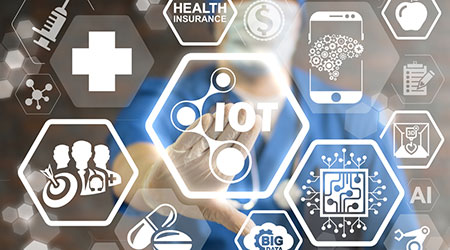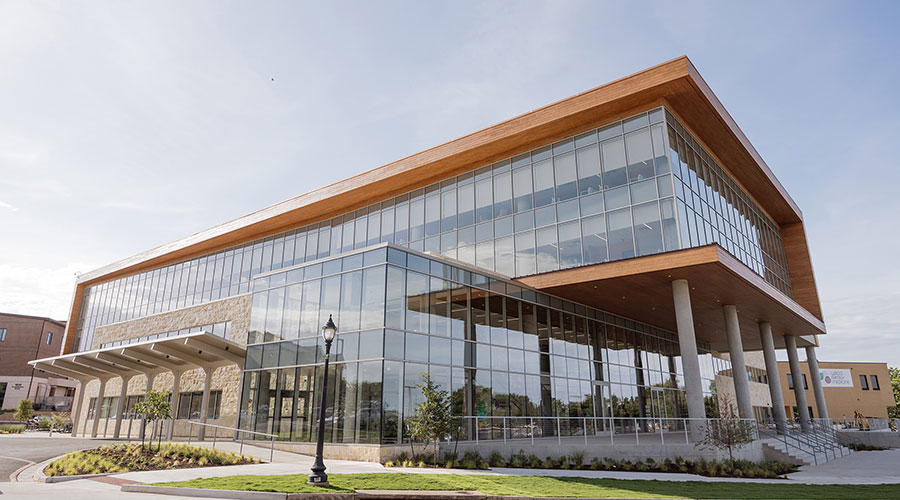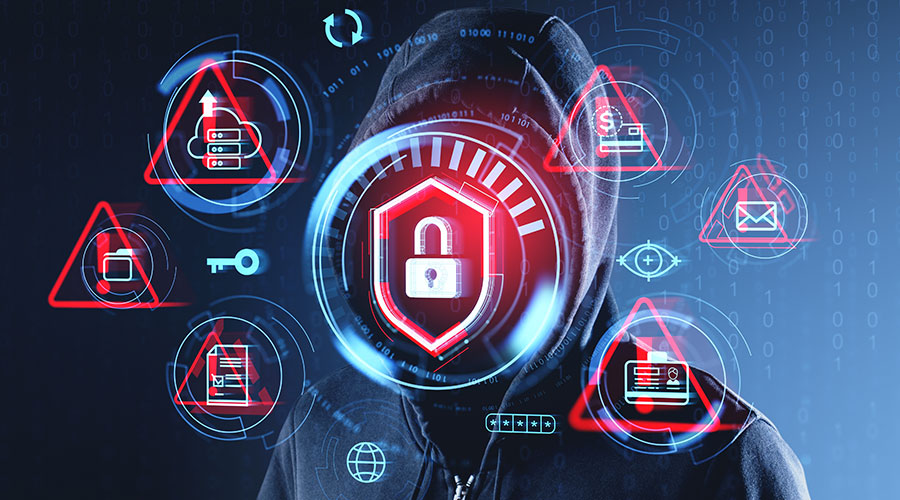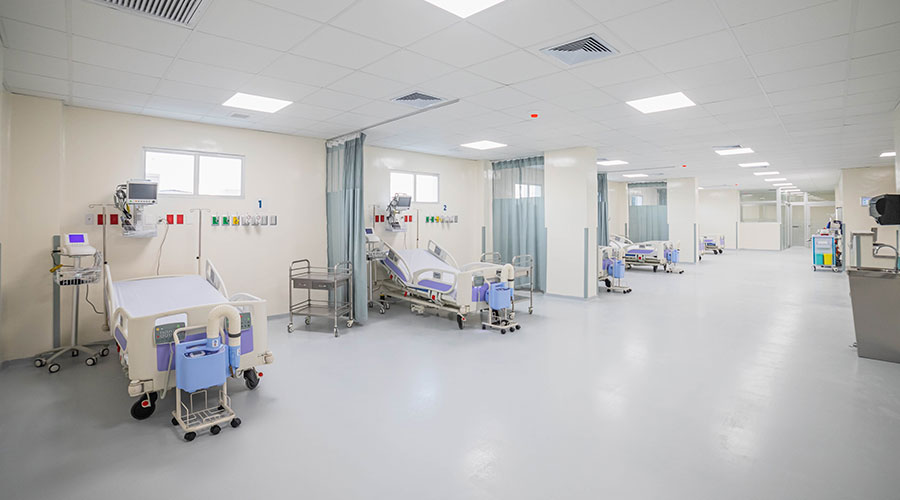The concept of digital transformation has made its way into just about every sector, revolutionizing how businesses are operating and interacting with customers—and the healthcare industry isn’t one to be left behind. Outpatient clinics, assisted living centers, hospitals, physicians’ offices and other healthcare facilities are incorporating advanced technology to bolster services and improve day-to-day operations, including the internet of things. The internet of things (IoT) in many ways is the future of patient care and facility management, offering new opportunities for innovation.
IoT in Healthcare 101
At its most basic, the IoT is the exchange of data between inter-connected physical devices via internet protocol. IoT devices allow users, like healthcare facility managers, to collect critical data, analyze said data and then react to it based on real-time information. This, in turn, enhances performance and prevents losses. As for the “things” that make up the IoT? Think smart thermostats, room monitoring devices, smart lightbulbs, and so forth.
To give you a sense of the incredible growth of the IoT network, IHS Markit found in 2017 that the number of connected IoT devices worldwide will jump 12 percent on average annually, from nearly 27 billion in 2017 to 125 billion in 2030. Specific to healthcare, MarketsandMarkets projects that the IoT healthcare market is projected to grow from USD 41.22 Billion in 2017 to USD 158.07 Billion by 2022, at a CAGR of 30.8% from 2017 to 2022. This growth in investment and scope truly shows the importance of the IoT to healthcare facilities, and stakeholders would do well to jump in on the trend early!
Benefits of investment
Of course, the most important part of healthcare cannot be lost amidst technological innovation and advancement: the patient. In many ways, the implementation of the IoT increases patient satisfaction, both directly and indirectly, thereby increasing loyalty as well as a healthcare facility’s bottom line. The internet of things puts a measure of control into a patient’s hands, providing, for example, a smartphone app that creates their own personal optimal healing environment. This can empower the patient to control things like the room temperature, lighting, and window blinds, rather than calling on nurses to perform these basic tasks. This in turn frees nurses of such tasks, allowing them to spend more time on clinical duties that will improve patient care.
Not only is increasing patient comfort a benefit of the IoT, but basic patient safety can be essentially ensured through its use. Because uninterrupted access to power is so vital to healthcare facilities, facility managers are eager to take advantage of whatever tool is out there to provide constant, reliable power to feed medical devices, often making the difference between life and death. Moreover, a one-day power loss can cost a hospital upwards of $1 million. IoT-enabled power management solutions such as electrical panels, connected power meters, and power monitoring software can ensure reliable electrical power to critical areas. The IoT can also identify potential issues before a failure occurs, reduce operating theater downtime, and automatically test emergency power supply systems before an issue ever arises.
Of course, all healthcare facility stakeholders have to be efficient and effective in their decisions, especially when faced with a limited budget. The IoT also provides opportunities for existing facilities to identify new opportunities for cost reduction, instead of requiring them to build anew. Hospitals can benefit from predictive maintenance by using cloud-based, automated building analytics and diagnostics software, prioritizing the energy savings opportunities with the greatest impact for the least investment.
Forward-looking healthcare facilities
Through the IoT, healthcare organizations can make energy, asset, and facility management easier and make service more efficient, even with reduced budgets. Most importantly, healthcare providers can ensure a better experience for patients, promoting their safety and comfort well into the future.
Figure 1: The IoT-Enabled Hospital can improve patient satisfaction, patient safety and overall operational efficiency.
Warren Rosebraugh is director of Healthcare Solution Architects at Schneider Electric.

 Waco Family Medicine Achieves Savings and Bold Design with Wood Selections
Waco Family Medicine Achieves Savings and Bold Design with Wood Selections Alleged Ransomware Administrator Extradited from South Korea
Alleged Ransomware Administrator Extradited from South Korea Design Plans Unveiled for New Intermountain St. Vincent Regional Hospital
Design Plans Unveiled for New Intermountain St. Vincent Regional Hospital Ground Broken on New Pediatric Health Campus in Dallas
Ground Broken on New Pediatric Health Campus in Dallas Pre-Construction Strategies for Successful Facilities Projects
Pre-Construction Strategies for Successful Facilities Projects